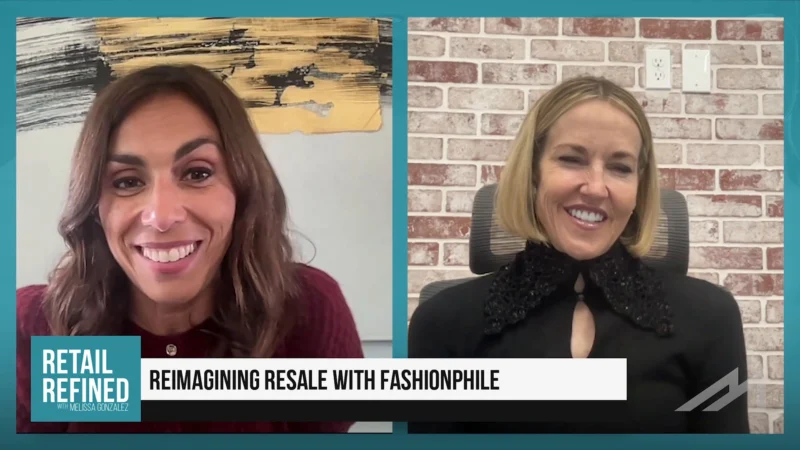Retailers Can Mitigate Inventory Shrink Through Theft Detection AI and Better Store Design
The retail landscape is seeing a lot of changes and those changes have brought both opportunities and challenges. One of those challenges is the rise in inventory shrink, which is being blamed for the sudden retail exodus. Between thefts and shifting consumer behaviors, inventory accuracy is now emerging as a growing concern for retailers. This was particularly heightened during the pandemic’s product shortages.
Shoplifting is an age-old concern that remains a significant disruptor in maintaining inventory accuracy. While some retailers are responding by shuttering shops in high theft locales, there are other fixes. Innovative solutions, such as smart technology and intentional store arrangement, are gaining traction as means to mitigate theft. Still, balancing security measures to reduce theft, while also creating a good customer experience is proving to be a delicate situation.
Analyzing this very complex terrain is expert John Harmon, who weighs the best practices for retailers. Harmon, with his background as the Managing Director of Technology Research at Coresight Research, explores the intersection of technology, retail, and consumer behavior, and a few solutions retailers can implement to help put a halt to rising cases of inventory shrink.
Harmon’s Thoughts on Inventory Shrink
“I mean, there’s only so much they can do, but there are some technology solutions to reduce shrink. Technology and non-technology off the top of my head. The store layout can affect how easy it is for shoplifters to steal items. You might want to move easy to steal items back into the store, not next to the front door. We’re familiar with for a long time razor blades being behind the checkout counter. But there’s also other technology such as computer video that uses artificial intelligence. It can detect loitering in the store. It can detect someone sweeping a whole shelf full of items into a bag or threatening behavior. That technology is getting better and better. It’s likely to get to the point where it can tip off store associates. Someone might be likely to shoplift. In many cases, if you approach a suspected shoplifter and say, can I help you? You know, they lose their nerve and they back off from that.”
The Pros and Cons of Locking Inventory
“Well, I think it is pretty effective at reducing shoplifting. As I mentioned a second ago, for years, grocery stores have kept razor blades behind cashier because they’re small, high value, easy to steal items. But it does create a significant degree of friction with customers. So we have, I live in New York City. A lot of things are behind lock and key. You have to ring a doorbell and wait for the store associate to come. Some people may just decide it’s not worth it. We conducted a consumer survey where consumers said many of them weren’t thinking about not going to that store anymore, going to a different store or just buying online. It does increase the amount of friction that customers see in the store.”
Improving the Shopper Experience
“I think inventory visibility resonates greatly with consumers. We saw during the pandemic that stores would be out of stock on certain key items. It’s certainly clear that stock is going to be depleted through shoplifting. If a retailer thinks that an item is in need, a retailer thinks that an item is in inventory, but it’s not there. And they promised it to another consumer for buy online, pick up in store or curbside or ship from store. Or especially if a customer looks at the website and sees the item in stock and comes to the store, that consumer is going to be really disappointed that the item is not there. I think it’s a great benefit to retailers and consumers to have an accurate view of their inventory with technologies like item tags so they can know exactly what they have and offer that to their customers. You hit it on something interesting in New York City that they’re going to start trespassing. Shoplifting is because, unfortunately, I didn’t want to say it on tape, but there are only so many things they can do to prevent shoplifting. But there are things they can do that help them prosecute the offenders and again, try to offer a good customer experience.”
Article written by Alexandra Simon.








